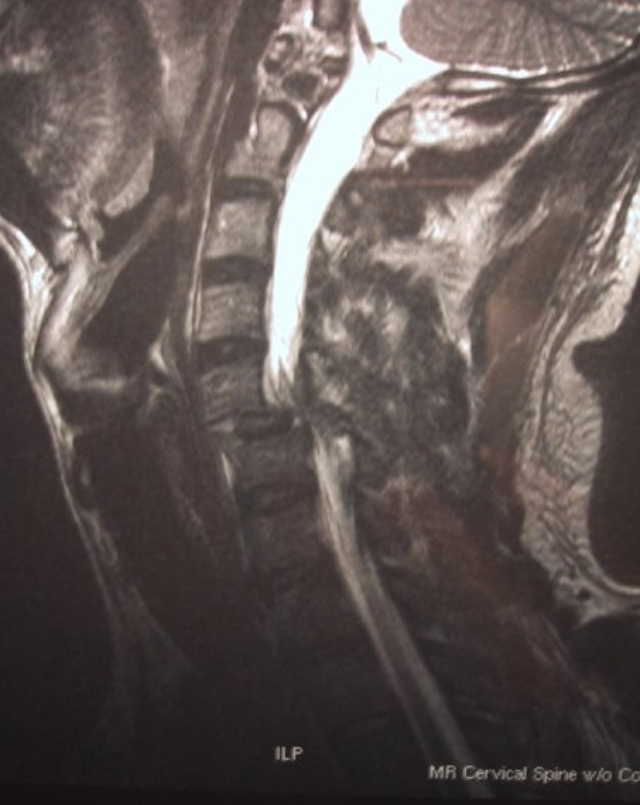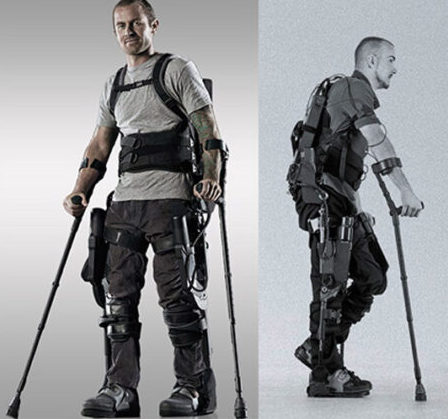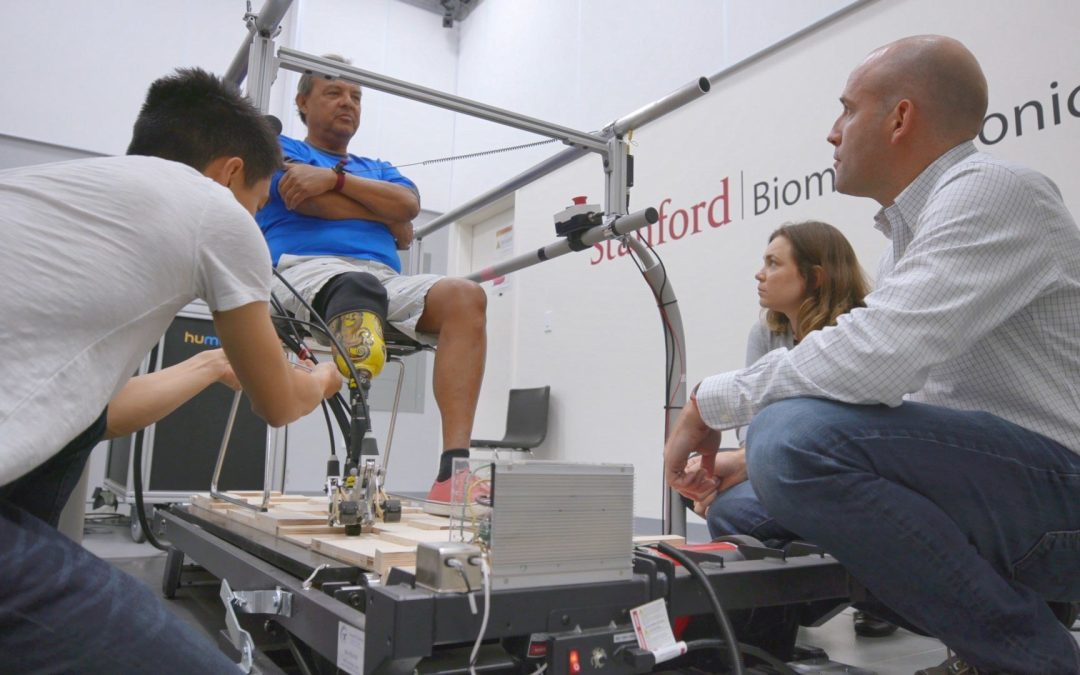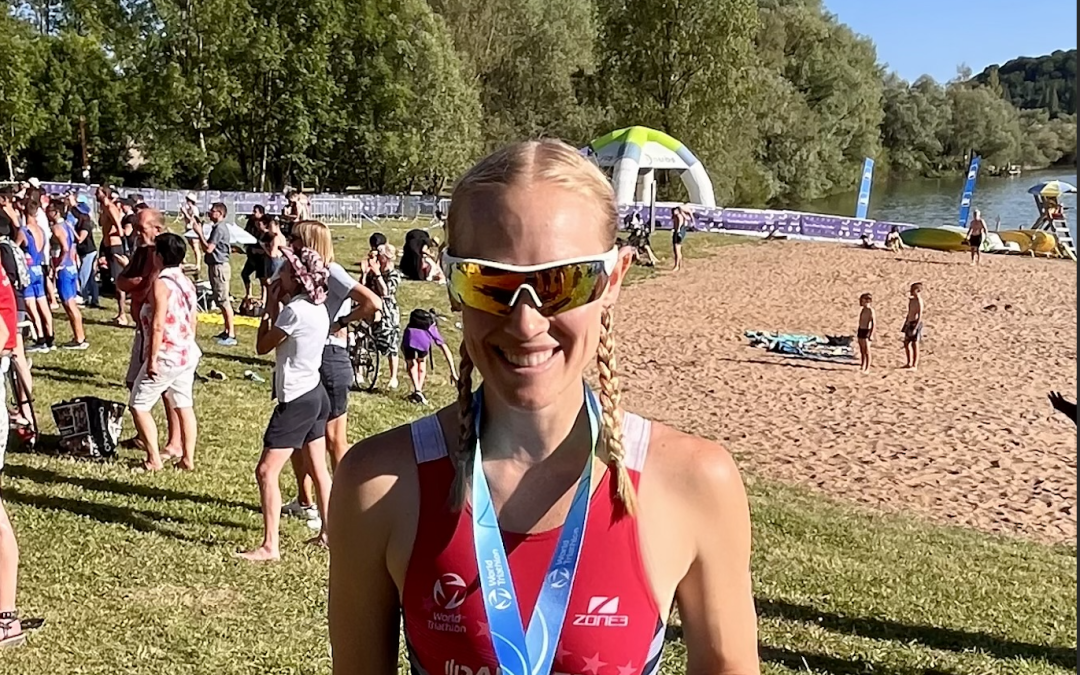When did you first become interested in bionics?
It started around the time my brother Ryan and I were going off to college. Our deal was that he would attend the Naval Academy and become a Navy SEAL, and I would pursue an engineering degree and build cool technologies for him and his fellow warriors. Years later, when a friend sent me a video of a load-bearing exoskeleton prototype, I knew it was what I wanted to do. The next day I quit my job and joined the team working out of Berkeley to bring that exoskeleton to life.
Help our nonprofit curate more inspiring stories.

“As fate would have it, my brother broke his neck in a parasailing accident a week later.“
You’ve mentioned in the past that you have experienced disability in your own family. How has that influenced your approach to exoskeleton development?
After I quit my job and had a chance to show my (then Navy SEAL) brother the exoskeleton I’d be working on for military applications, I was surprised to hear him say that the SEALs would never use it. It turns out that our design was too heavy, too slow, and too loud for practical use on the battlefield. While it seems obvious now, at the time that really hit home for me the need to speak to the end user and incorporate user-centric design from the start. As fate would have it, my brother broke his neck in a parasailing accident a week later. While his injuries mainly impacted his upper limbs, that experience opened my eyes to the broader need for medical exoskeletons and the wide range of capabilities they would need to have. It’s really hard work, but I love working on hard problems.
“There is nothing more rewarding than seeing someone who is paralyzed standing and taking their first steps in years.”

What were some of the challenges of working on exoskeletons and creating Ekso Bionics in those early days?
Back then, there really wasn’t a roadmap to guide us or existing products to learn from. Investors didn’t even know what exoskeletons were, and the availability of third-party tech such as batteries and sensors were lacking, so we had to do a lot of extra work creating those ourselves. Even defining the market was a process of learning and pivoting over time- from military to medical and finally to industrial applications.
Sounds like quite a journey! What are you working on now, and any advice to aspiring bionics entrepreneurs?
I am currently consulting for a couple of exoskeleton companies and have a number of projects in construction and agricultural automation. Most people don’t know this about me, but my background is actually in agricultural engineering. I find it interesting, because there is a lot of existing technology in other industries that can be applied to the agricultural space to help feed the world.
As for advice to aspiring bionics entrepreneurs, there is nothing more rewarding than seeing someone who is paralyzed standing and taking their first steps in years. But the work is extremely hard, so if you like challenging work, exoskeletons could be a good fit. And, given how challenging this type of work is, remember it will always take more money and time than you think. You need to plan ahead for that.



